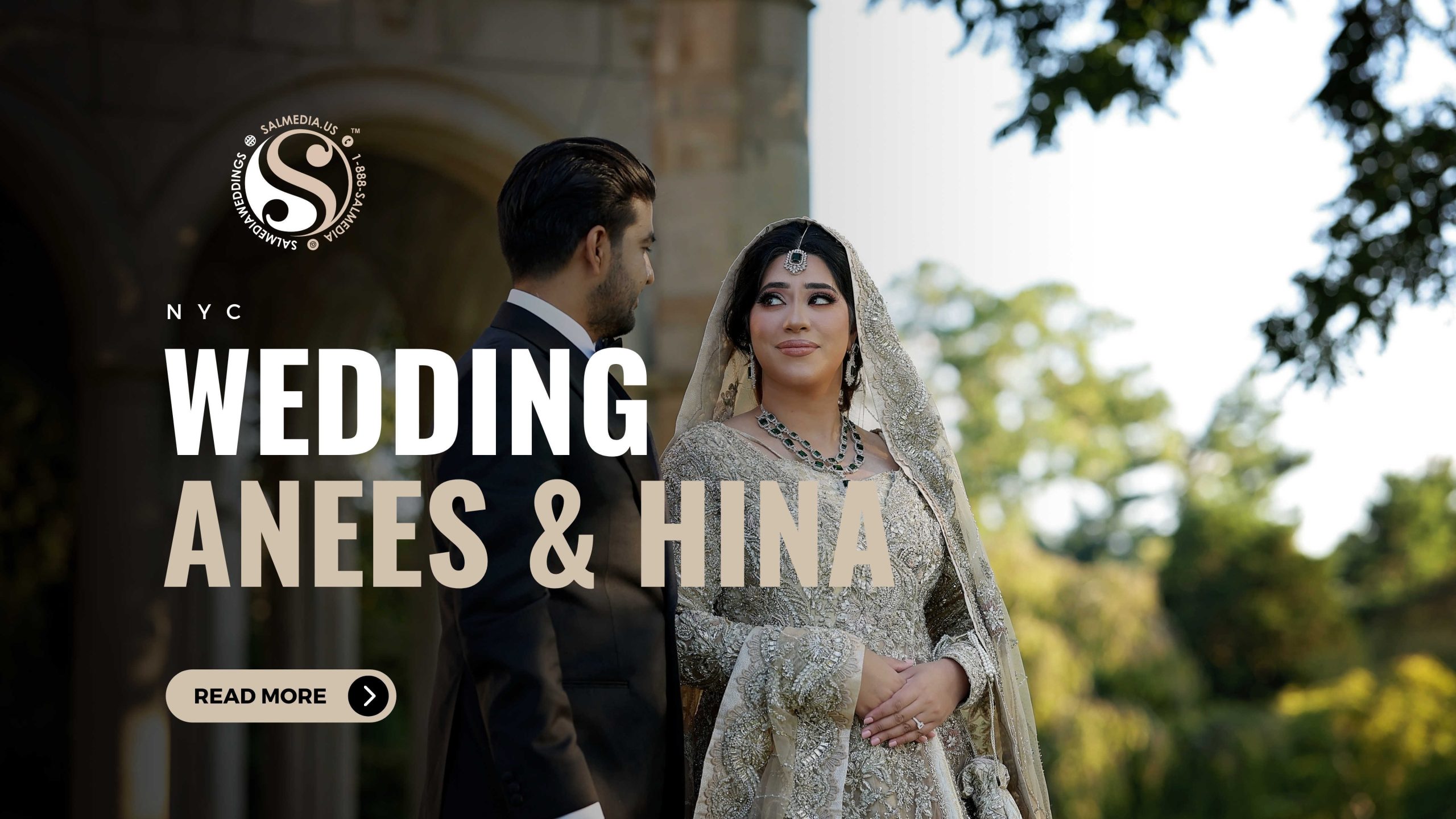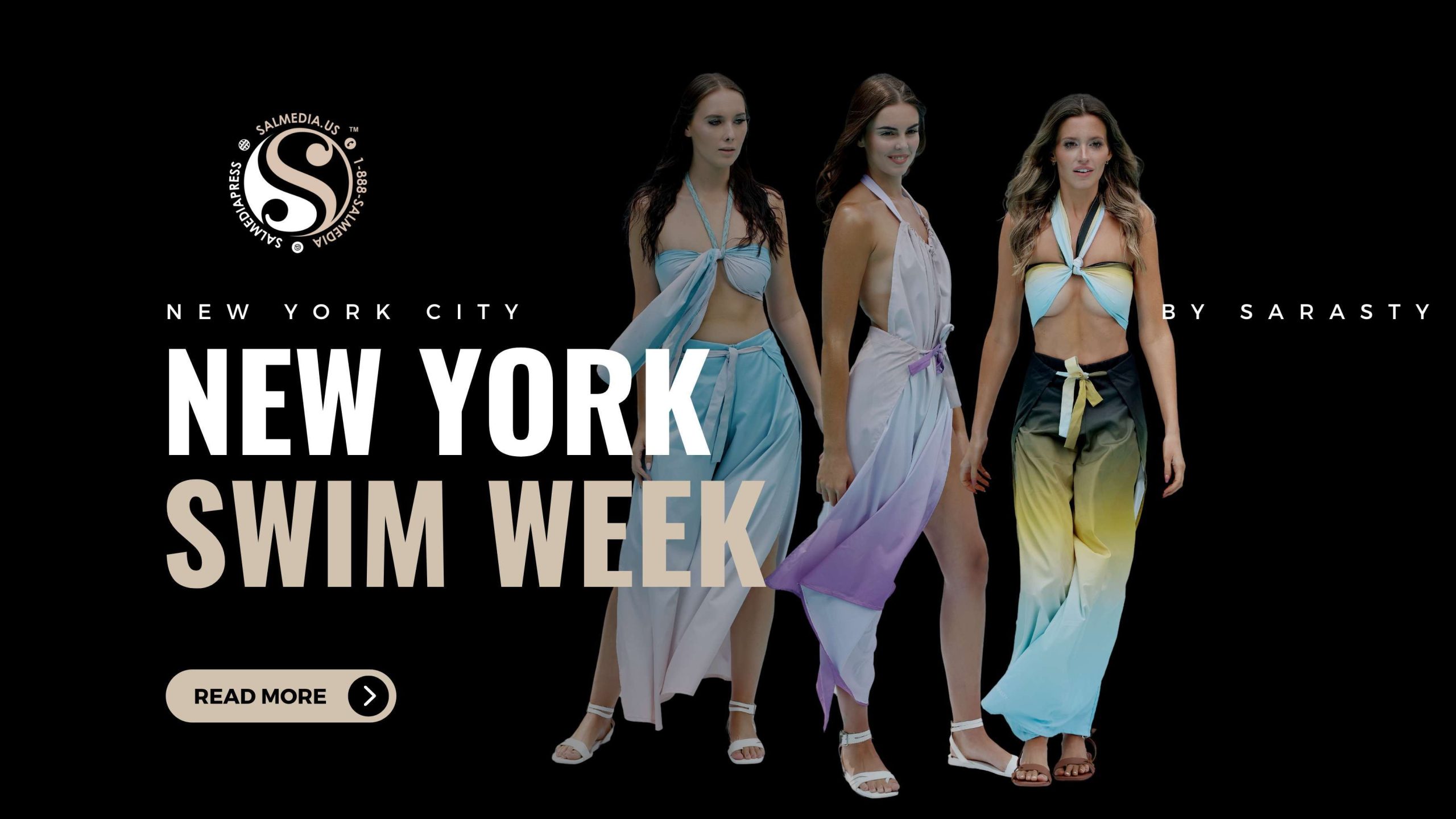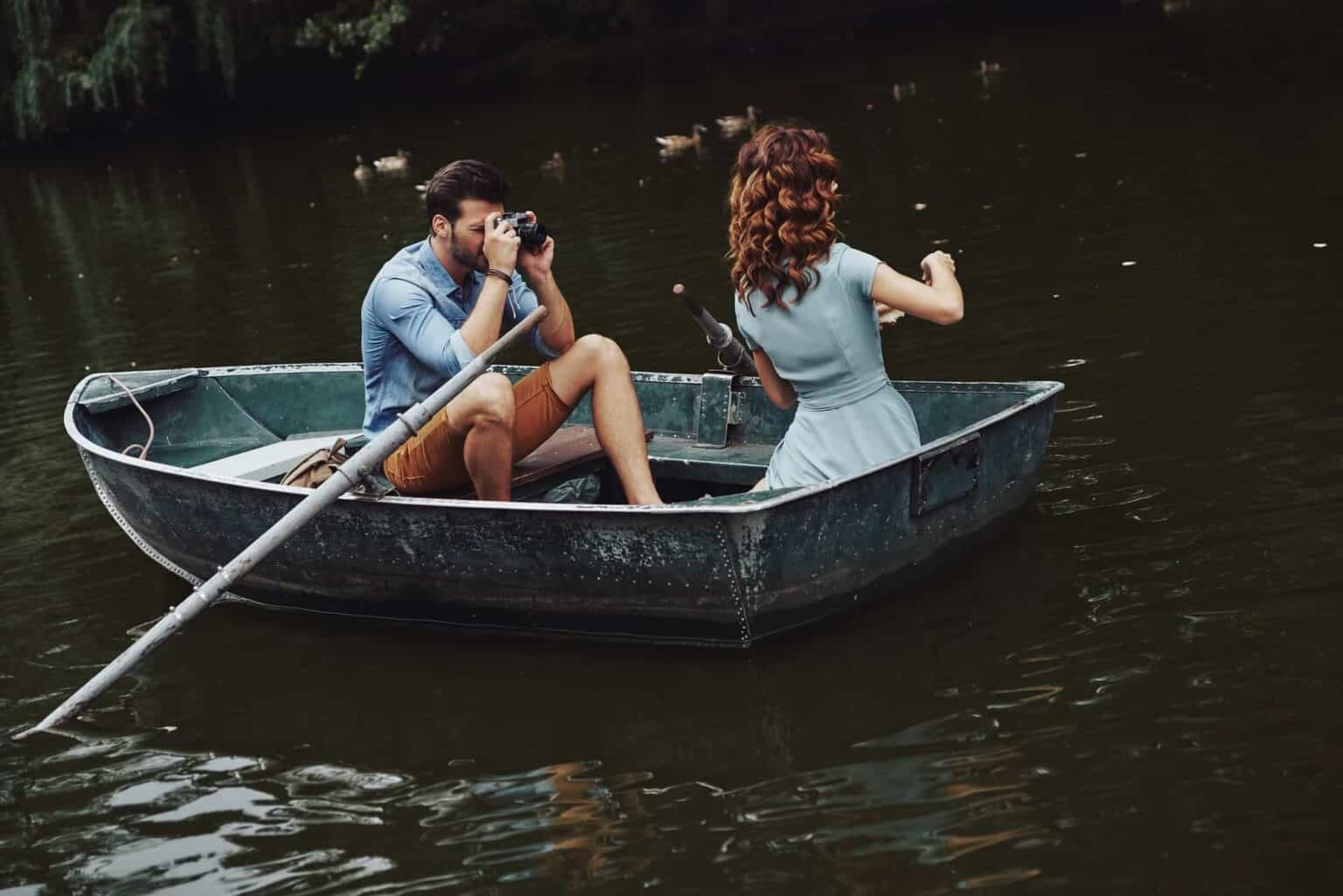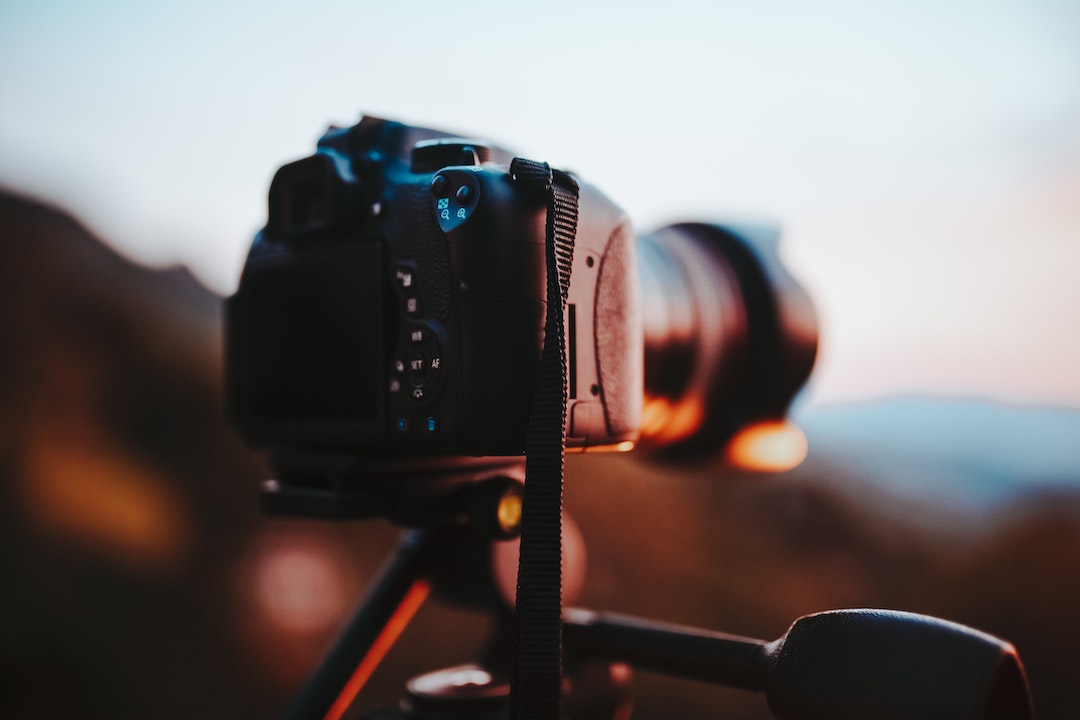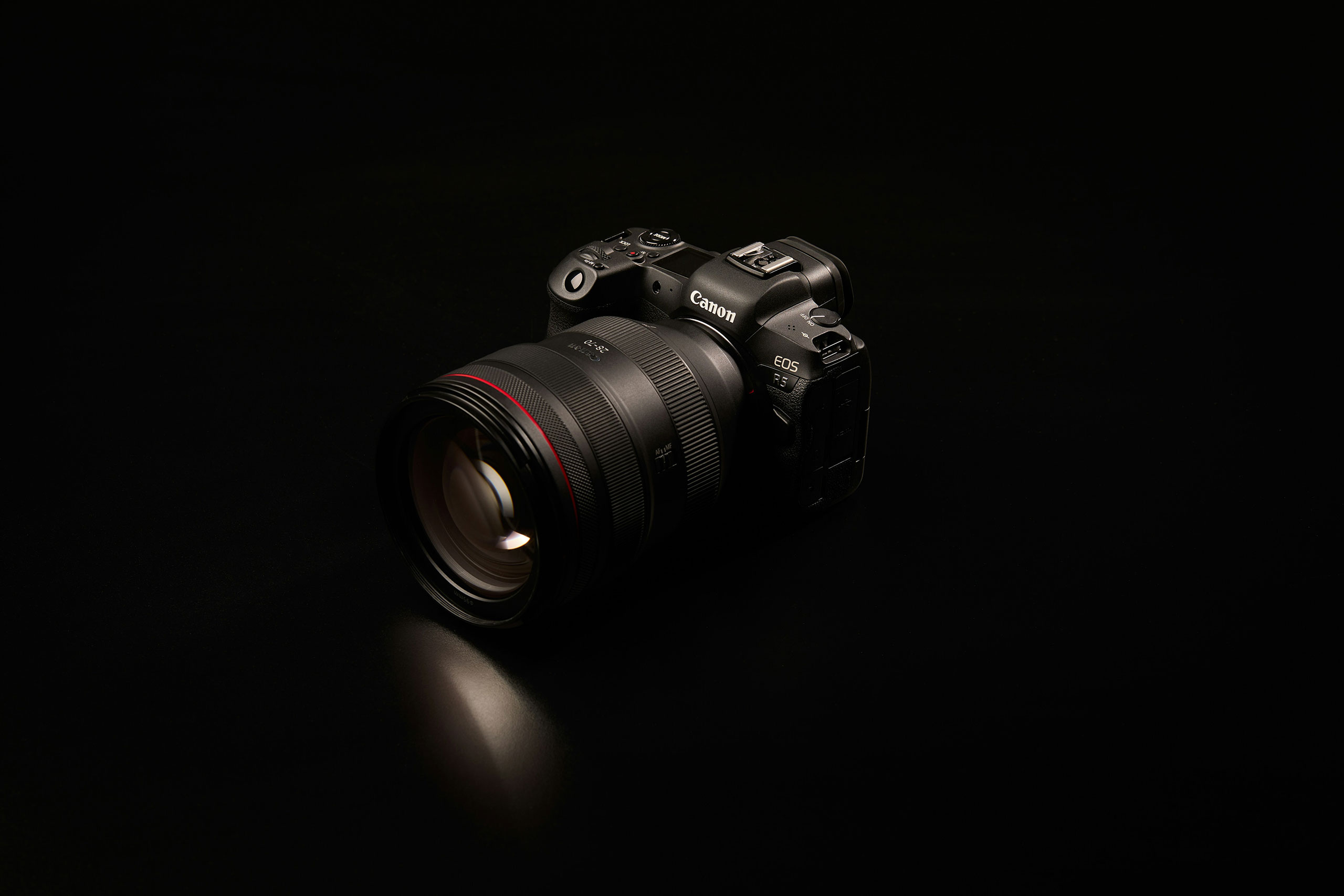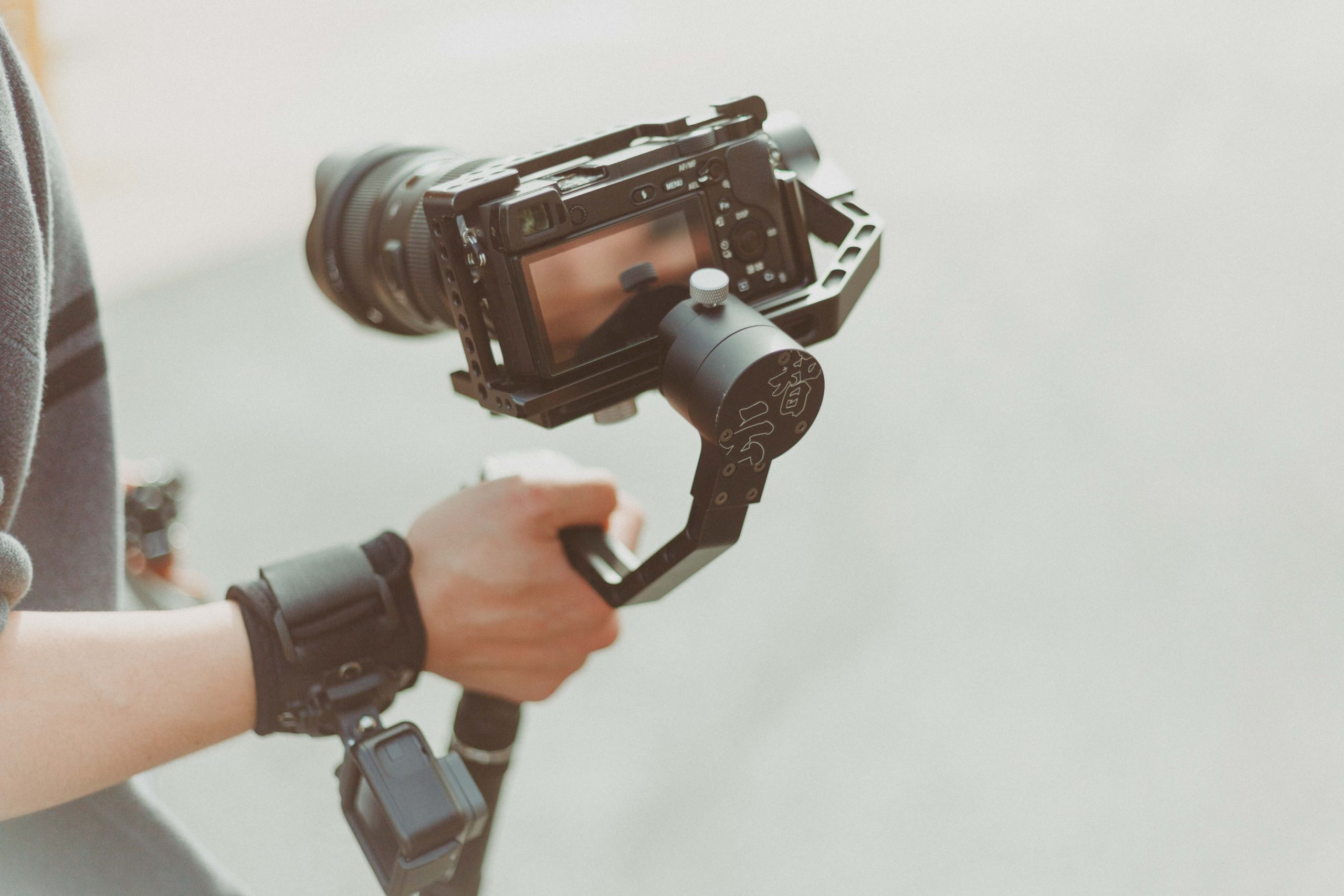What do you do when you want to elevate your photography? You buy a new camera. It doesn’t actually have to be a new camera. You can find a great used camera or an old model that still works flawlessly. The point is, you put a lot of your hopes and dreams into the camera you use. No wonder; a great camera can make a dent in your budget. However, any photographer will tell you that there is more to photography than just your camera. In fact, you can buy the best camera on the market and your photos still won’t turn out looking the way you would like them to.
Things like camera settings and equipment are all useful tools that can aid in capturing the image you’re looking for. Think ISO, shutter speed, aperture, stabilizers, tripods, remote shutter release, and… lenses. Choosing the right lens for the type of photography you’re doing is not an easy task. To help you out, I’ve prepared an overview of the most prominent types of lenses that should aid you in making the right choice.
To begin, you should know the two main types of lenses – the prime lens and zoom lens.
Prime lens
A prime lens is a classic lens that’s employed by many professional photographers and amateurs. A distinct feature of this type of lens is that it has a fixed focal length. In other words, you cannot zoom in and out on your subject with a prime lens. When you’re buying a prime lens, you can choose from a wide range of focal lengths. The lens you choose will have the exact focal length that you need for your type of photography. That is both good and bad.
A prime lens can deliver very high quality photos. At the same time, you need to know ahead of time exactly the focal length you will need for your type of photography. If you make an error in judgement, you will be stuck with a lens that’s not suitable for you. At the same time, an exceptional prime lens is less expensive than its zoom lens counterpart.
Because a prime lens cannot zoom in on the subject, changing the frame and moving the camera around may cause distortion. That doesn’t mean the image will end up looking bad, it just won’t accurately represent reality. On the other hand, you can get creative with your frames and find ways to make it work. Instead of standing still, and zooming in and out on the subject, you can find completely new frames and shots.
Zoom lens
Zoom lenses are more common among amateur photographers. They are a lot more versatile than prime lenses, making them perfect for beginner photographers. You can go from one type of photography to another with a slight touch of hand. Turn the wheel that is your lens to change the focal length. With that, you can easily change the angle of view without having to change positions. You can imagine how convenient that can be!
At the same time, we have to consider the downsides of using a zoom lens. First and foremost, the quality of image will suffer. Your photographs will not end up looking as sharp as they would with a specialized prime lens. In addition to that, zoom lenses tend to be heavier. Because there is a lot more glass inside of the lens, the lens itself is a significant addition to the body of the camera.
A zoom lens may be the right choice for you if you can appreciate the versatility that it offers. As such, if you’re into event or sports photography, you will benefit from the lens’s ability to zoom in and out on the subject. In action photography, having to take time to change the lens may cause you to lose the perfect shot. It is also easier to experiment and be spontaneous with a zoom lens. You don’t have to pack different lenses for the shoot. Just grab your camera and experiment with different focal lengths as you go.
Focal length
Different focal lengths offer different stylistic effects when it comes to photography. Because of that, you need to know the type of photography you’re going to be practicing before you buy your lens. Here are some popular types of lenses and their focal lengths:
Fisheye lens: 4-24mm
This type of lens is one of the smallest and it is perfect for abstract and creative photography. You can also use it for photographing landscapes, real estate, and panoramic shots.
Wide angle lens: 24-35mm
A wide angle lens is a popular choice for architecture and landscape photography. It is also suitable for photographing interiors and forest photography.
Standard prime lenses: 35-135mm
Standard prime lenses come in a wide variety of focal lengths. Think 35mm, 50mm, 85mm, and 135mm. These are generally good for street photography, portraits, travel photography, events, weddings, and even sports photography!
Zoom lens: 55-200mm
Zoom lenses are great for events where you have to be quick and don’t have the time to change lenses. Think weddings, sports photography, wildlife photography, and so on.
Telephoto lens: 100-600mm
A telephoto lens can give you more reach by extending the focal length. As a result, it is great for photographing subjects that are located far away from the camera. It can be used in any type of action photography like sports or wildlife. You can also use it for astronomy!
Macro lens: 35-200mm
Macro lenses are used for photographing subjects really up close with lots of detail. For instance, you can take close-up shots of jewelry, small insects in nature, and the like.
Conclusion
You might still be asking yourself – “Should I get a prime lens or a zoom lens?” It’s not easy to answer that question, as each lens has its benefits and drawbacks. My advice is, if you’re just starting out, don’t be afraid to go for a zoom lens. It will offer a lot more flexibility and give you the opportunity to learn before you can move on to a higher quality alternative. If, on the other hand, you know exactly what you want, find yourself a prime lens! Let the focal length guide show you the way.
